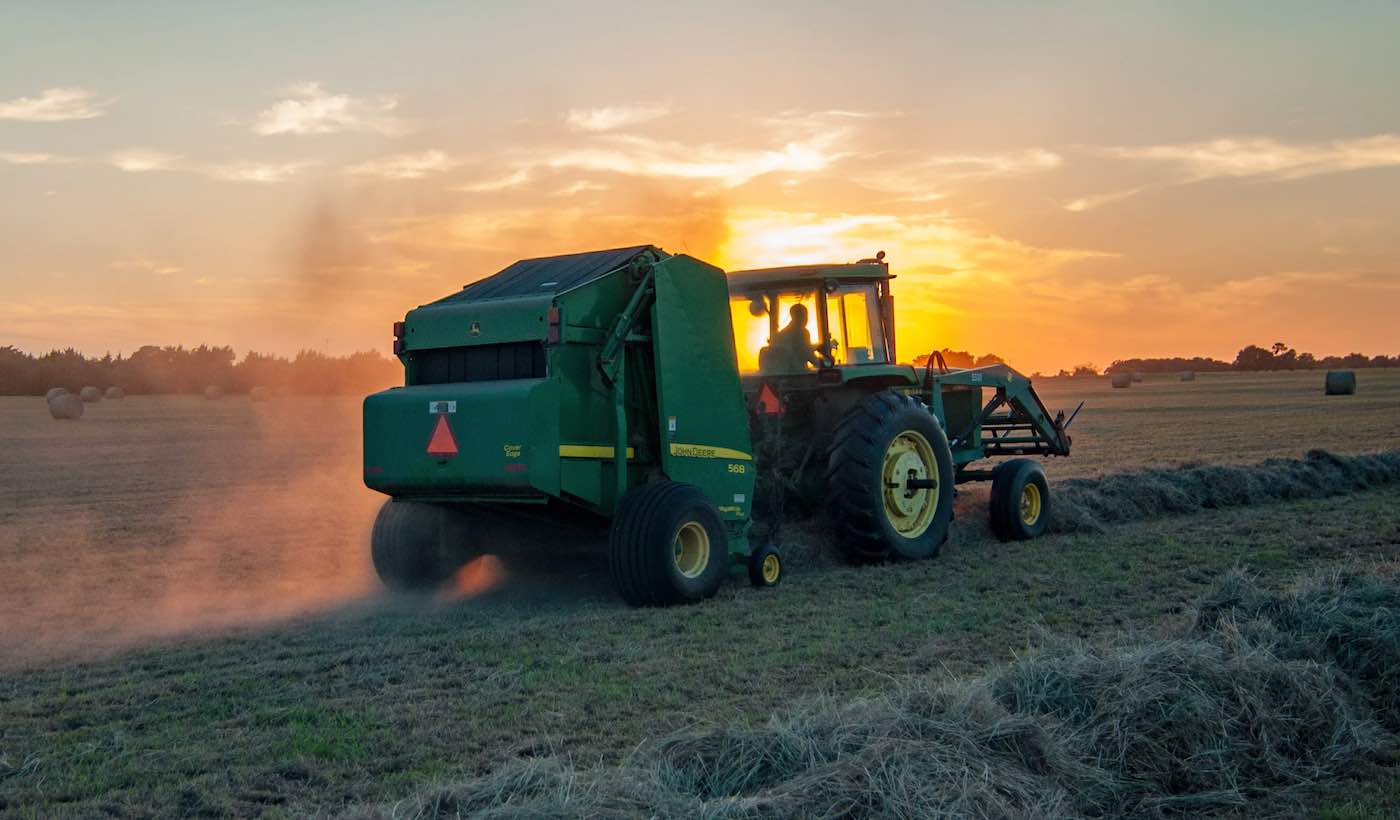Spreading the dust of basalt rock over fallow fields could drain billions of metric tons of CO2 out of the atmosphere every year, says a new study published in Nature.
According to a team of primarily English scientists, mitigation of the worst effects of human-caused climate change will require both cutting carbon emissions, and the gradual removal of already existing greenhouse gases.
Soils normally absorb carbon from the atmosphere, but when mixed with the dust of basalt, which is rich in calcium and magnesium and also very abundant (as a mining and mineral by-product) you get a 2-fold benefit—crop production that is more nutrient, and an accelerated absorption of CO2.
The mixing of dust and soil increases the alkalinity, dissolving CO2 into non-organic carbon forms such as hydrogen carbonate ions: HCO3. These carbon-sequestering ions are removed via rainwater, and transferred to the ocean through runoff and drainage systems where they will act as carbon-prisons for 100,000 years.
“The logistical infrastructure to apply basaltic rock dust to managed croplands already exists owing to the common need to apply crushed limestone to reverse soil acidification resulting from intensive cropping,” write the authors in their study. “Thus, rapid deployment at large scale appears to be feasible…and has important ancillary benefits including mitigation of ocean acidification.”
If this can also cut the acid level in the ocean, which puts coral at risk, the idea now has a 3-fold benefit—a win-win-win.
RELATED: Global Greenhouse Gas Emissions Estimated to Fall by 8% in 2020—the Largest Recorded Drop in History
“CO2 drawdown strategies that can scale up and are compatible with existing land uses are urgently required to combat climate change, alongside deep emissions cuts,” said Prof David Beerling, of the University of Sheffield, a lead author of the study. “ERW [dust spreading] is a straightforward, practical approach.”
Dust is even better than trees
Their modeling and analysis found that the emissions of serious CO2 producers Germany and Japan could be offset by treating half the world’s cropland with basalt dust, which would in theory be cheaper than other CO2 extraction strategies, with costs varying on local labor rates.
Tree-planting is mentioned in the study as a great way to extract CO2 from the atmosphere, but while mass-planting is often cheaper, the benefits are not as strong. Further they rely on the trees surviving a certain number of years for the benefits to fully take hold which is never a certainty.
Speaking with the Guardian, Prof. Breeling said of the basalt dust mixing: “If you could demonstrate to farmers in China and India, for example, that they are going to get crop yield increases and get paid $100 a ton for removing CO2, then it becomes really attractive.”
“Mining generates a continuous, but often discarded, finely powdered silicate by-product that is utilizable for dust mixing,” reads the study. They point out that it would require little to utilize existing silicate powders because of already existing mining infrastructure, potentially eliminating the CO2 generation from constructing tipper trucks, roads, or additional mines to produce the dust. Finally the authors mention that nations only need make an inventory of how much silicate byproduct they possess.
These numbers could then be plugged into their models and a more accurate and real-world assessment could be made on how far basalt dust mixing could go to reducing the effects of climate change.
And because it’s good for cropland, there are plenty of private sector incentives as well.
PLANT This Positive Solution With Friends By Sharing on Social Media… (Photo by Jed Owen




















